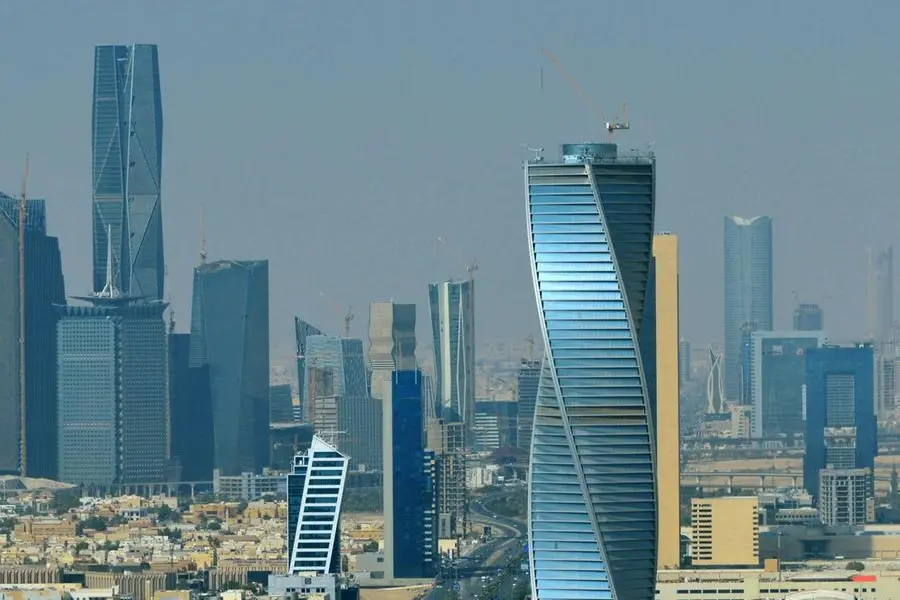PHOTO
Masai man, wearing traditional blankets, overlooks Serengeti in Tanzania as the colorful sunset fills the sky. Wild grass in the forground. Image used for illustrative purpose. Getty Images
South Sudan and Tanzania are drying up faster than any other country in the world, showing the largest ratio of land transitioning to drylands and a signal of future struggle for green pastures, while China has the largest total area shifting from non-drylands to drylands.
The global aridity index (AI) shows huge shifts over the recent decades and the authors of the report say that for Tanzania and South Sudan, this will redefine the way of living, as it means that the worsening conditions will force people to jostle for available lucrative soils, adjust to other ways of survival or simply bear with it.
The key drivers of land degradation are rising aridity, land erosion, salinisation, organic carbon loss, and vegetation degradation, states the document titled, The Global Threat of Drying Lands: Regional and Global Aridity Trends and Future Projections released on Monday in Riyadh, Saudi Arabia, as part of events at the UN Convention to Combat Desertification (UNCCD), the world’s biggest UN land summit.
Saudi Arabia itself is a desert with no rivers or farms. But evidence now shows other countries from traditionally mild climates could become deserts.
The report says that areas particularly hard-hit by the drying trend include almost all of Europe (95.9 percent of its land), parts of the western United States, Brazil, parts of Asia (notably eastern Asia), and Central Africa.
In April this year, a similar report by the Food and Agriculture Organisation highlighted that 340 million hectares of woody vegetation in dryland zones of Africa have become degraded through human activities such as overgrazing, agricultural expansion, overexploitation and deforestation.
Eastern African countries were especially adversely affected, with Kenya, Burundi, Djibouti, Ethiopia, Rwanda, Somalia, Sudan, Tanzania and Uganda all facing dryer lands.“Kenya and Ethiopia have large areas occupied by the arid and semi-arid zones, while Tanzania and Uganda have largely semi-arid and dry sub-humid dry land zones. Burundi has only 5 percent of its land area covered by dry sub-humid zone, about 51 percent of Tanzania is relatively dry while over two-thirds of Kenya falls within arid and semi-arid zones -- where 33.3 percent, 51.8 percent and 12.3 percent of this land experience slight, moderate and severe hazard levels of land degradation,” the findings showed.
The aridity index release on Monday shows significant drying trends, with water scarcity and wildfires that have become perennial hazards in parts of western United States of America, and Brazil.“Mediterranean and Southern Europe, once considered agricultural breadbaskets, are now facing a stark future, as semi-arid conditions expand as Central Africa and parts of Asia, which have been biologically megadiverse areas and are experiencing ecosystem degradation and desertification, endangering countless species,” the report observed.“This analysis finally dispels an uncertainty that has long surrounded global drying trends,” said Ibrahim Thiaw, UNCCD Executive Secretary.
“For the first time, the aridity crisis has been documented with scientific clarity, revealing an existential threat affecting billions around the globe. Unlike droughts—temporary periods of low rainfall—aridity represents a permanent, unrelenting transformation.”Droughts end, and are often replaced by flooding, as recent trends show. South Sudan and Tanzania, just as Somalia and Kenya, have all faced droughts and floods in quick succession, a trend blamed on climate change. Each of the disasters has brought destruction and deaths.
In South Sudan, a malaria outbreak in the Jonglei region has persisted. This week, humanitarian agencies were battling a cholera outbreak, after the rates of infection rose to more than 800.
When an area’s climate becomes drier, the ability to return to previous conditions is lost, Thiaw warns.“The drier climates now affecting vast lands across the globe will not return to how they were and this change is redefining life on Earth,” he said.
The report by UNCCD Science-Policy Interface (SPI), the UN body for assessing the science of land degradation and drought, points to human-caused climate change as the primary driver of this shift.
Greenhouse gas emissions from electricity generation, transport, industry and land use changes and other human activities warm the planet and affect rainfall, evaporation and plant life, creating the conditions that increase aridity.
According to scientists, this means that for the 2.3 billion people – well over 25 percent of the world’s population – living in the expanding drylands. This new normal requires lasting, adaptive solutions.
It also means that even as water-related disasters such as floods and storms intensified in some parts of the world, more than three-quarters of Earth’s land became permanently drier in recent decades.
The findings further show that some 77.6 percent of Earth’s land experienced drier conditions during the three decades leading up to 2020 compared to the previous 30-year period.
This is why scientists highlight that aridity-related land degradation – desertification -- represents a dire threat to human well-being and ecological stability.
As the planet continues to warm, worst-case scenario projections suggest up to 5 billion people could live in drylands by the century’s end, grappling with depleted soils, dwindling water resources, and the diminishment or collapse of once-thriving ecosystems.“Forced migration is one of aridity’s most visible consequences, as land becomes uninhabitable, families and entire communities facing water scarcity and agricultural collapse often have no choice but to abandon their homes, leading to social and political challenges worldwide,” the report warns.
From the Middle East to Africa and South Asia, millions are already on the move—a trend set to intensify in coming decades, scientists say.“Over the same period, drylands expanded by about 4.3 million square kilometres – an area nearly a third larger than India, the world’s 7th largest country – and now cover 40.6 percent of all land on Earth (excluding Antarctica),” the analysts said, adding that in recent decades some 7.6 percent of global lands, an area larger than Canada, were pushed across aridity thresholds -- from non-drylands to drylands, or from less arid dryland classes to more arid classes.
Most of these areas have transitioned from humid landscapes to drylands, with dire implications for agriculture, ecosystems, and the people living there. And the research warns that, if the world fails to curb greenhouse gas emissions, another 3 percent of its humid areas will become drylands by the end of this century.
UNCCD Chief Scientist Barron Orr said: “Now, for the first time, a UN scientific body is warning that burning fossil fuels is causing permanent drying across much of the world, too—with potentially catastrophic impacts affecting access to water that could push people and nature even closer to disastrous tipping points. As large tracts of the world’s land become more arid, the consequences of inaction grow increasingly dire and adaptation is no longer optional—it is imperative. This report underscores the critical need to address aridity as a defining global challenge of our time. By uniting diverse expertise and leveraging breakthrough technologies, we are not just measuring change—we are crafting a roadmap for resilience.”Read: Nearly 68m suffering from drought in Southern Africa, SADC saysTackling aridity demands a collaborative vision that integrates innovation, adaptive solutions, and a commitment to securing a sustainable future for all,” said Narcisa Pricope, co-lead author, professor of geosciences and associate vice president for research at Mississippi State University.“The timeliness of this report cannot be overstated. Rising aridity will reshape the global landscape, challenging traditional ways of life and forcing societies to reimagine their relationship with land and water. As with climate change and biodiversity loss, addressing aridity requires coordinated international action and an unwavering commitment to sustainable development,” added Andrea Toreti, co-lead author and senior scientist, European Commission’s Joint Research Centre.
High greenhouse gas emissions, expanding drylands are forecast across the Midwestern United States, central Mexico, northern Venezuela, northeastern Brazil, southeastern Argentina, the entire Mediterranean region, the Black Sea coast, large parts of southern Africa, and southern Australia.
By contrast, less than a quarter of the planet’s land (22.4 percent) experienced wetter conditions, with areas in the central United States, Angola’s Atlantic coast, and parts of Southeast Asia showing some gains in moisture.
The report warns that one-fifth of all land could experience abrupt ecosystem transformation from rising aridity by the end of the century, causing dramatic shifts (such as forests becoming grasslands and other changes) and leading to extinctions among many of the world’s plants, animals and other life.
Aridity is considered the world’s largest driver of degradation of agricultural systems, affecting 40 percent of the Earth’s arable lands, and has been blamed for a 12 percent decline in the GDP of African countries between 1990 and 2015.
© Copyright 2022 Nation Media Group. All Rights Reserved. Provided by SyndiGate Media Inc. (Syndigate.info).





















